Darrell Cass, M.D., leads multispecialty team of clinicians to repair spina bifida birth defect in a nearly 23-week-old fetus
Content is property of Cleveland Clinic and for news media use only.


Cleveland Clinic has successfully performed its first in utero fetal surgery to repair a spina bifida birth defect in a nearly 23-week-old fetus.
A multispecialty team of clinicians performed the surgery in February, and the baby, a girl, was later delivered by caesarean section near full term June 3, making it northern Ohio’s first surgery of its kind. Mother and daughter are doing well.
The surgical team, led by Darrell Cass, M.D., director of Fetal Surgery in Cleveland Clinic’s Fetal Center and a specialist who has performed more than 160 fetal surgeries since 2002, included Amanda Kalan, M.D., medical director of Cleveland Clinic’s Special Delivery Unit; Violette Recinos, M.D., and Kaine Onwuzulike, M.D., both pediatric neurosurgeons; Francine Erenberg, M.D., fetal cardiologist; and McCallum Hoyt, M.D. and Tara Hata, M.D., obstetric and pediatric anesthesiologists.
RELATED: Surgery on Baby In Womb Repairs Spina Bifida Before Birth
Spina bifida is a birth defect that is most often discovered during the routine anatomy scan typically performed when a fetus is around 18 weeks old. The condition affects the lowest part of the spine and occurs when the neural tube does not fully close, causing the backbone that protects the spinal cord not to form as it should. This often results in damage to the spinal cord and nerves and can even lead to brain damage.
Spina bifida can affect a child’s lower leg strength and their ability to walk and run, as well as their ability to go to the bathroom and urinate adequately. According to the CDC, approximately 1,645 babies are born with spina bifida each year in the United States.
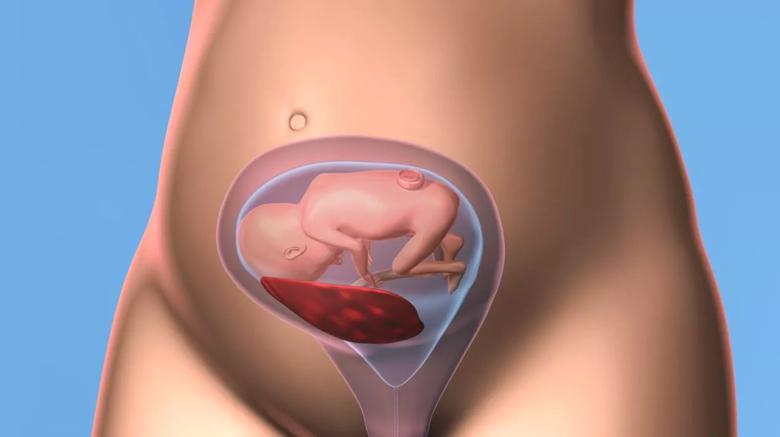
During the fetal repair surgery, a caesarean section-like incision is made and the mother’s uterus is exposed. An ultrasound is then used to locate the placenta and fetus. The uterus is opened 4.5 cm and the back of the fetus is exposed, showing the spina bifida lesion. The surgeons then carefully suture several individual layers of tissue (myofascia, dura and skin) in order to cover the defect. After the uterus is closed back up, the fetus remains in the womb for the remainder of the pregnancy and is ultimately born by caesarean section.
“By successfully repairing the defect before birth, we’re allowing this child to have the best possible outcome and significantly improve her quality of life,” said Dr. Cass. “There are different measures of quality in determining success for fetal repairs and in this particular case, all metrics for maximum quality were achieved.”
The success of this surgery was based on two metrics – restoration of normal brain structure and the gestational age at birth.

Prior to fetal repair surgery, the back of the brain herniates down the spinal column – known as an Arnold-Chiari malformation – causing cerebrospinal fluid to back up and build pressure that can cause brain damage. Typically babies with spina bifida need shunts to decompress the built-up fluid after they are born. When a successful fetal surgery repair is completed and the brain is examined one month later, the malformation is reversed and the back of the brain returns to a normal appearance, which was observed in this case.
The surgery was also successful by the second metric – when the baby is born. The average birth after fetal surgery repair is 34 weeks gestation. In this case, the baby was born at 36.5 weeks gestation – exceeding the average birth time by more than two weeks and giving the baby more time to develop and grow.
“Although the surgery was a success, spina bifida is never cured,” said Dr. Cass. “Moving forward, the baby will require ongoing supportive care provided by a multidisciplinary team of caregivers in our Spina Bifida Clinic, which will involve neurology, urology, orthopedics, developmental pediatrics and neurosurgery, among other specialists.”
The surgical team from Cleveland Clinic’s Fetal Center worked for more than a year to prepare for this first surgery, including making site visits to other centers, conducting simulations, and consulting with other experts in the field.
“I am honored to work with this amazing team of clinicians and to see our efforts come to fruition after preparing for so long,” said Dr. Cass, who joined Cleveland Clinic as director of Fetal Surgery in October 2017 to build its fetal surgery program after co-founding and co-directing Texas Children’s Fetal Center in Houston for 17 years. “Families in this region now have more options when it comes to making these types of decisions and we are thrilled to be able to provide the care needed for these complex cases.”
Editor’s Note: High-definition video of the surgery can be downloaded here. Additional video and B-roll are available by request from the Cleveland Clinic News Service. The images below are downloadable and provided for media use only.
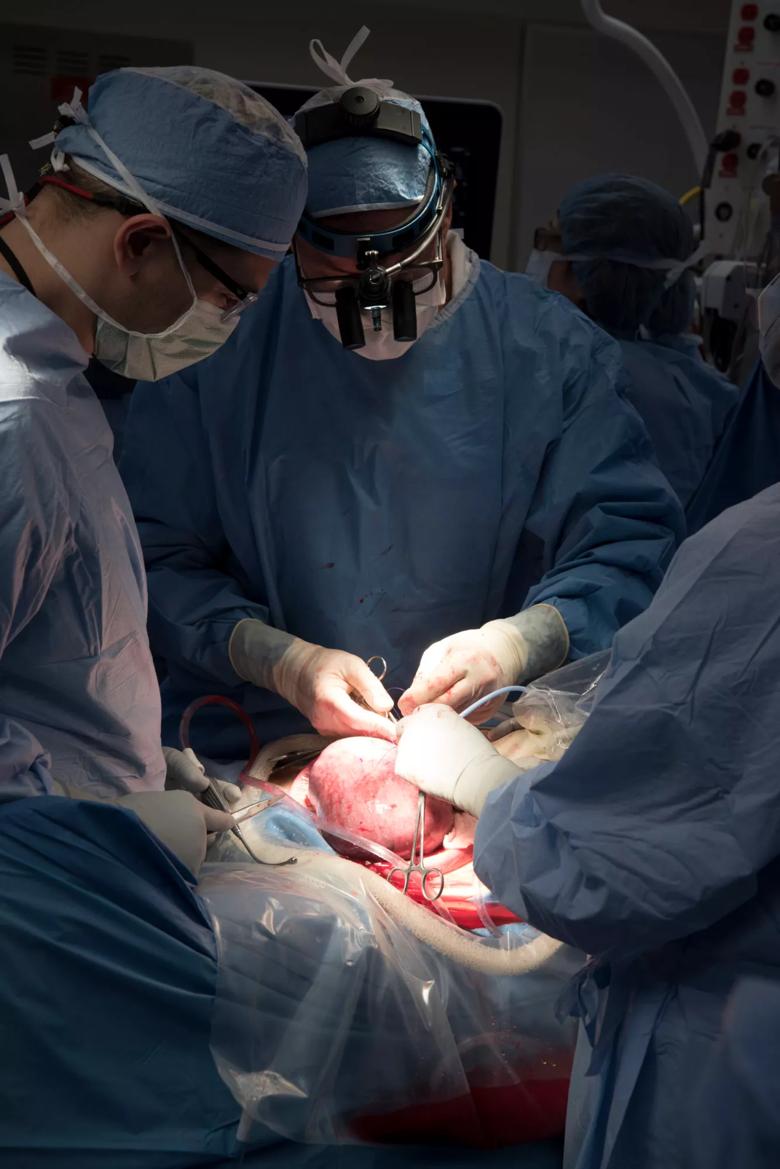
Darrell Cass, M.D., performs an in utero surgery to repair a spina bifida birth defect in a nearly 23-week-old fetus.
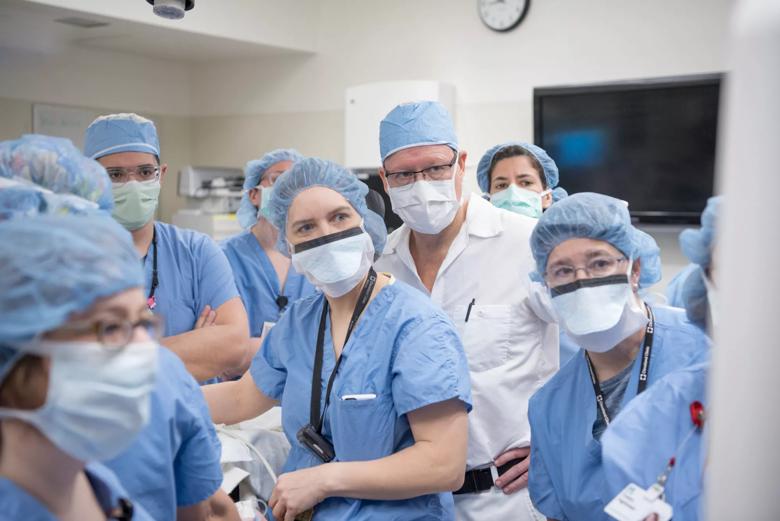
Darrell Cass, M.D., and Amanda Kalan, M.D., review the ultrasound to determine how and where the baby is positioned in the mother’s uterus.
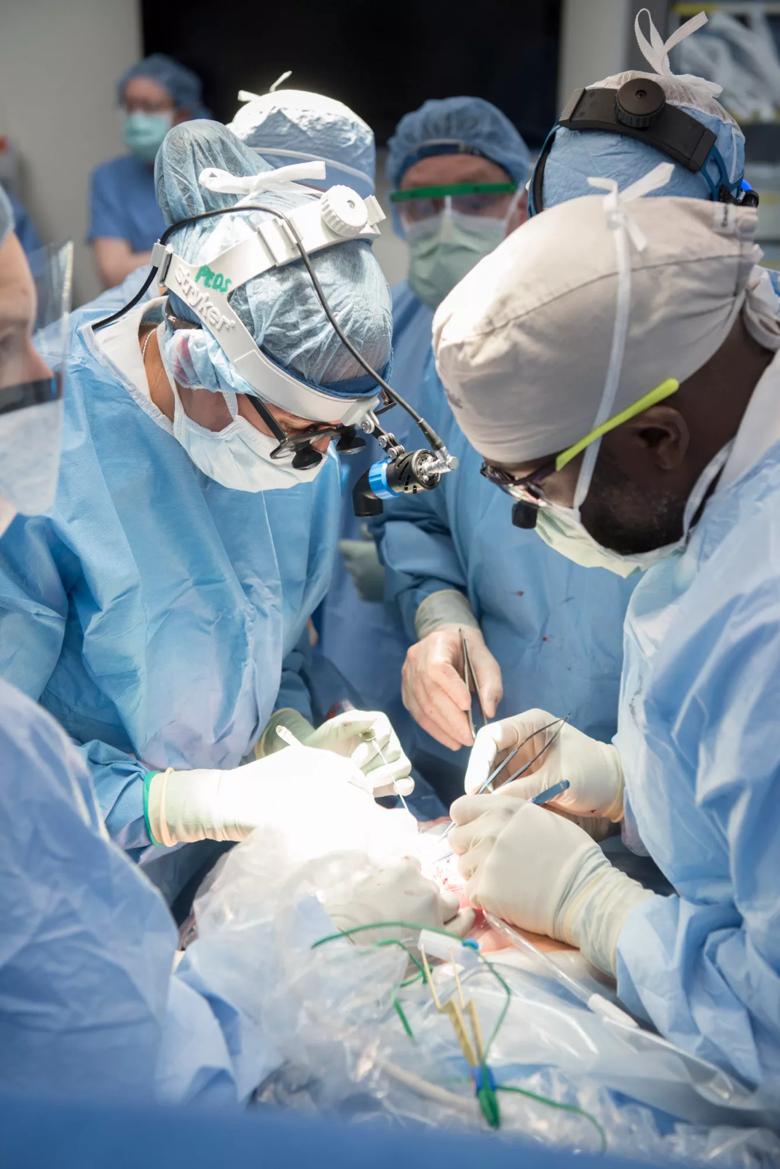
Pediatric neurosurgeons Violette Recinos, M.D. and Kaine Onwuzulike, M.D. perform repair .
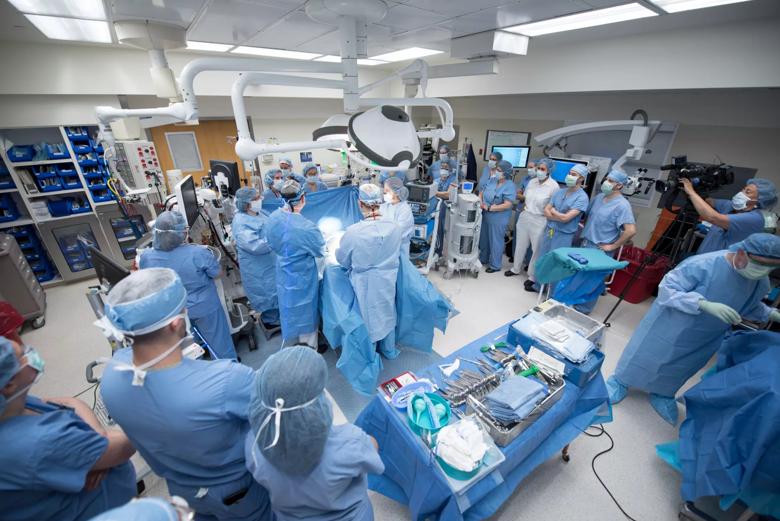
A multispecialty team of clinicians performed the surgery in February.
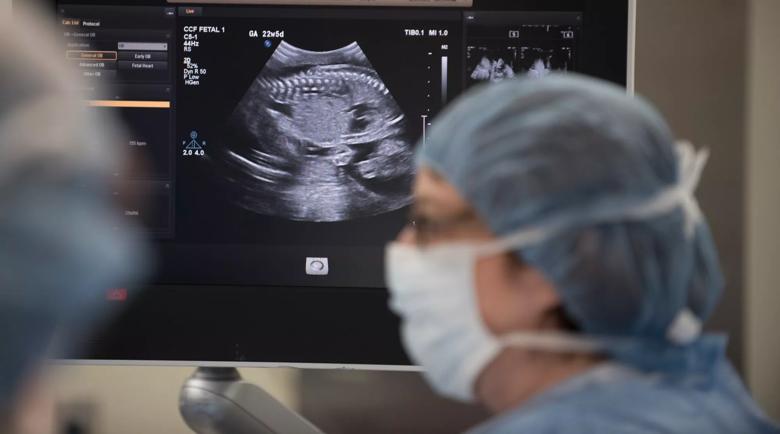
An ultrasound allowed surgeons to determine how and where the baby is positioned in the mother’s uterus.

Amanda Kalan, M.D., (left) and Darrell Cass, M.D., (right)
About Cleveland Clinic
Cleveland Clinic is a nonprofit multispecialty academic medical center that integrates clinical and hospital care with research and education. Located in Cleveland, Ohio, it was founded in 1921 by four renowned physicians with a vision of providing outstanding patient care based upon the principles of cooperation, compassion and innovation. Cleveland Clinic has pioneered many medical breakthroughs, including coronary artery bypass surgery and the first face transplant in the United States. U.S. News & World Report consistently names Cleveland Clinic as one of the nation’s best hospitals in its annual “America’s Best Hospitals” survey. Among Cleveland Clinic’s 66,000 employees are more than 4,200 salaried physicians and researchers and 16,600 nurses, representing 140 medical specialties and subspecialties. Cleveland Clinic’s health system includes a 165-acre main campus near downtown Cleveland, 11 regional hospitals in northeast Ohio, more than 180 northern Ohio outpatient locations – including 18 full-service family health centers and three health and wellness centers – and locations in southeast Florida; Las Vegas, Nev.; Toronto, Canada; Abu Dhabi, UAE; and London, England. In 2018, there were 7.9 million total outpatient visits, 238,000 hospital admissions and observations, and 220,000 surgical cases throughout Cleveland Clinic’s health system. Patients came for treatment from every state and 185 countries. Visit us at clevelandclinic.org. Follow us at twitter.com/CCforMedia and twitter.com/ClevelandClinic. News and resources available at newsroom.clevelandclinic.org.